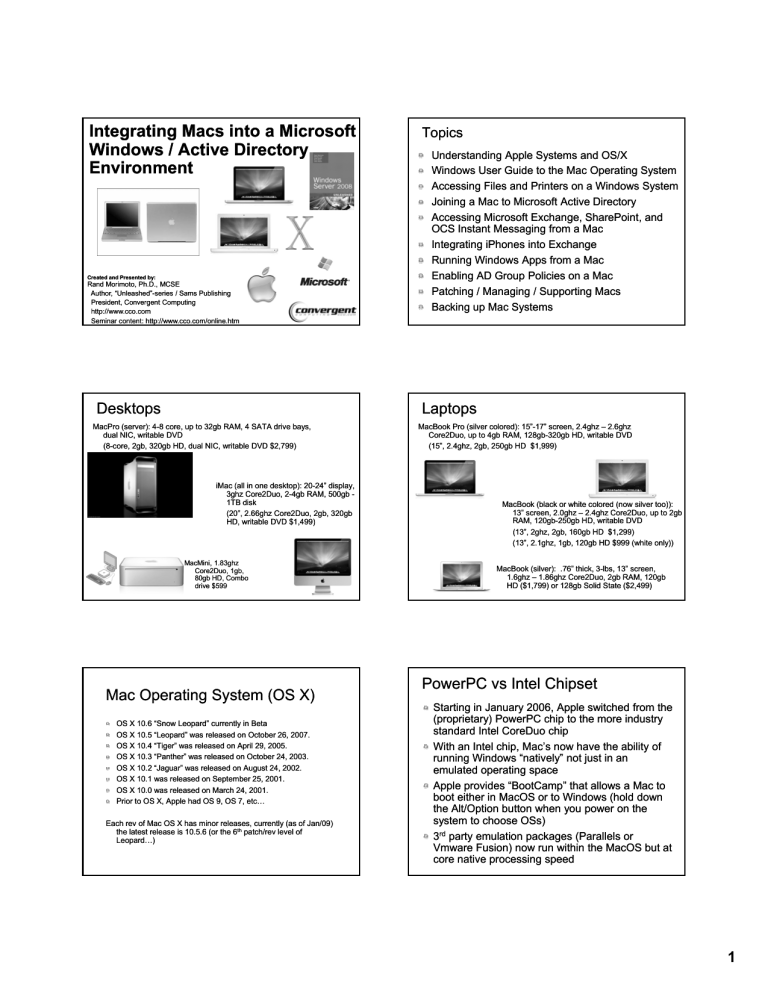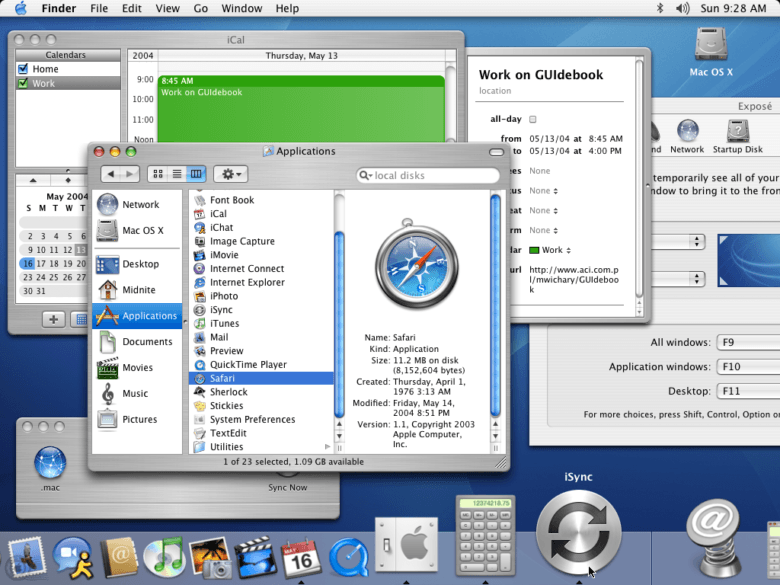
We have already hit major snags just trying to make basic document content accessible. In the history of making browsers hyper-accessible, close cooperation with the screen reader developers has always been required.
FIREFOX FOR MAC OS X PANTHER MAC OS X
The issue with using the Mac OS X accessibility protocol, as we have seen, is that the Mozilla accessibility team does not have adequate access to the VoiceOver team.įirefox can’t just use NSAccessibility and hope that everything will just work with VoiceOver. However, one major difference is how far we can ultimately take each approach. So what does our magic 8 ball say? Any of the approaches has pros and cons, and no matter which we chose, there is no escape from the profusion of work necessary to make that approach succeed.

Håkan made multiple attempts from 2006-2008 to get assistance from Apple, and received replies but no follow-up. Unfortunately, VoiceOver compatibility issues remain unaddressed, and development is on hold.

Firefox 3 already has support for the Mac OS X accessibility protocol, thanks to Håkan Waara and a grant from the Mozilla Foundation. Other OS X features such as Screen Zoom, Sticky Keys and the built-in dictionary can also take advantage of this support, and there is no doubt that other future tools will as well. Using these native APIs is how OS X’s built-in VoiceOver screen reader operates. Continue to invest in utilizing the native Mac OS X accessibility protocol: this protocol is comprised of two parts: NSAccessibility, which Cocoa applications use to expose their UIs and content, and the AX API, which assistive technologies use to access that information.If the Mozilla platform were accessible on all major desktops, developers would be able to implement accessible UI’s with XUL, HTML or JavaScript/ARIA widgets, while remaining insulated from the vastly different architectures on each desktop.īut how do we get there? The community needs to mull over some difficult decisions regarding how we implement Firefox accessibility on OS X. These are just a few of the accessibility benefits of Firefox, and users should be able to take advantage of them regardless of their chosen operating system.ĭevelopers would also benefit from Firefox accessibility on OS X.

They should have the advantage of the WebVisum extension, which enables the community to share accessibility repairs across the web, performs OCR on images missing alt attributes, and even solves captchas. For example, VoiceOver users should be able to take advantage of accessibility features such as Web 2.0 accessibility support via WAI-ARIA.
FIREFOX FOR MAC OS X PANTHER WINDOWS
Firefox users with disabilities are simply not included in the OS X party.Īpple users with disabilities should be able to enjoy the same level of Firefox support that they have on Windows and Linux. However, while Firefox has recently made amazing strides on the Mac, Apple’s assistive technology tools are not compatible with it. Macs continue to make inroads for people with disabilities as well, via Apple’s proprietary built-in tools such as VoiceOver.

Macs are quickly gaining popularity - they simply rock for mainstream users.


 0 kommentar(er)
0 kommentar(er)
